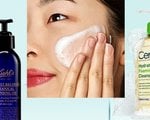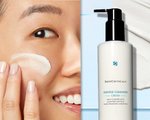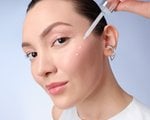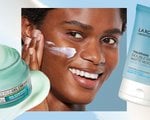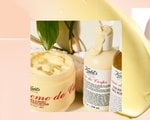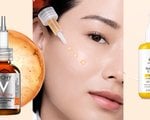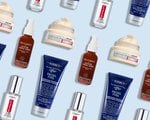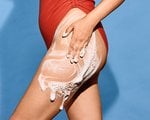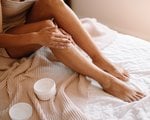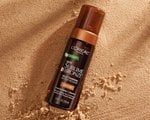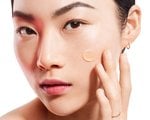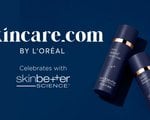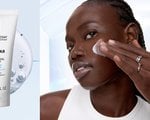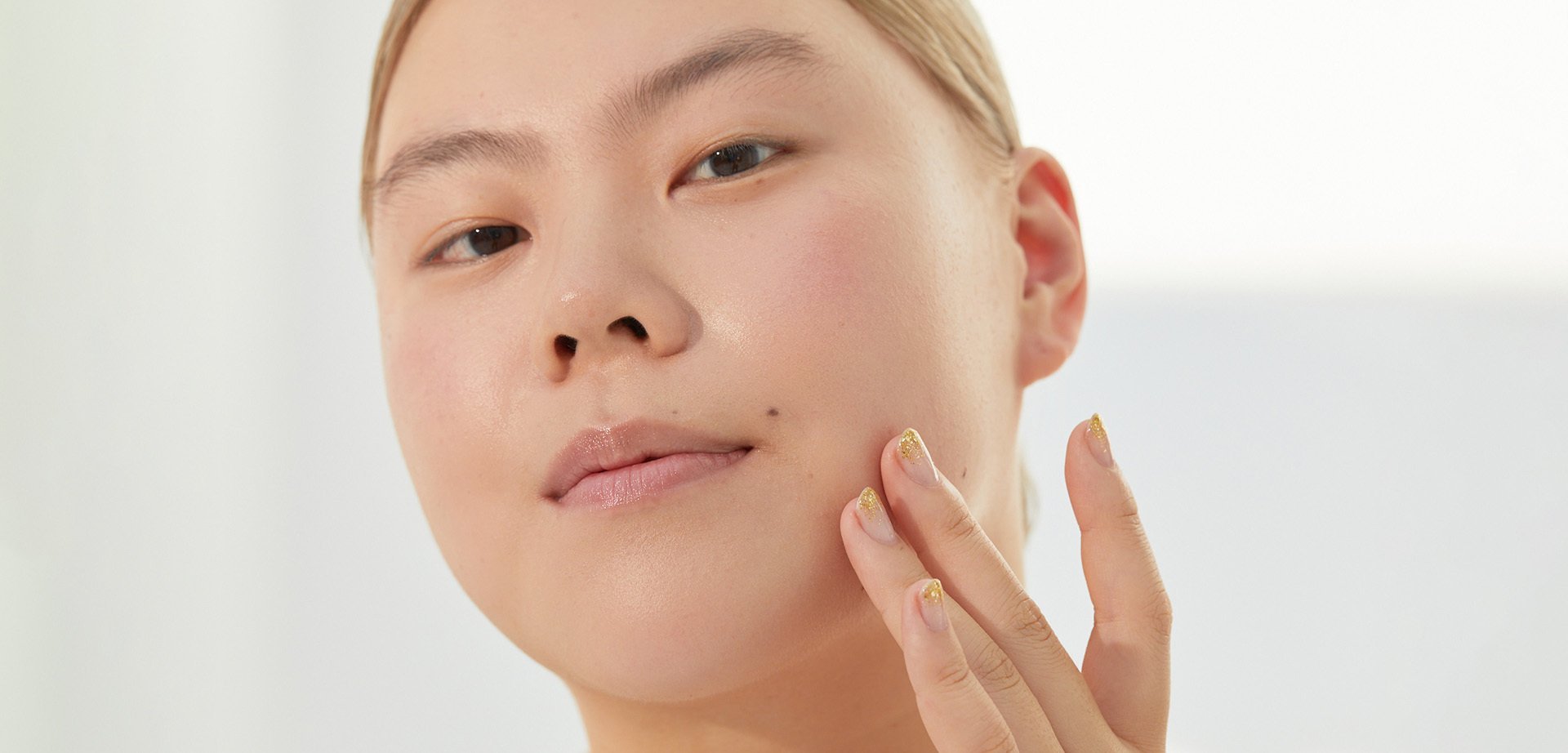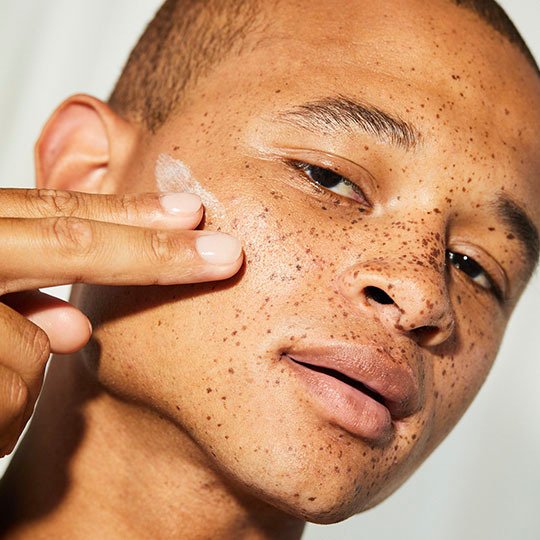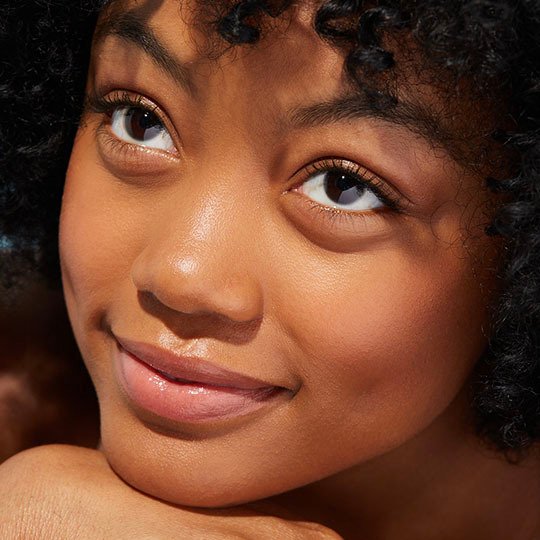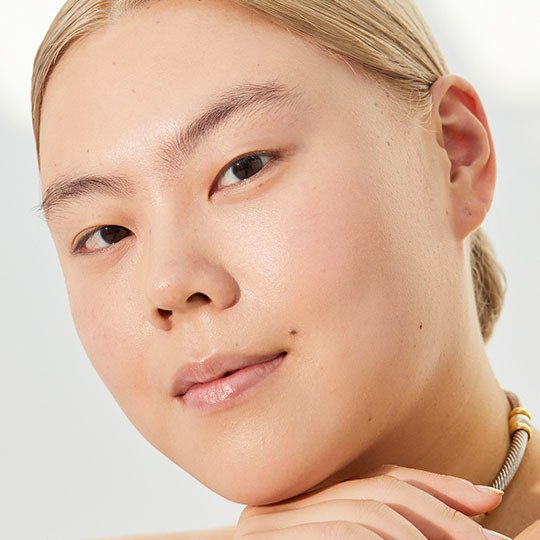Could You Have Fungal Acne? A Derm Weighs In
January 21, 2022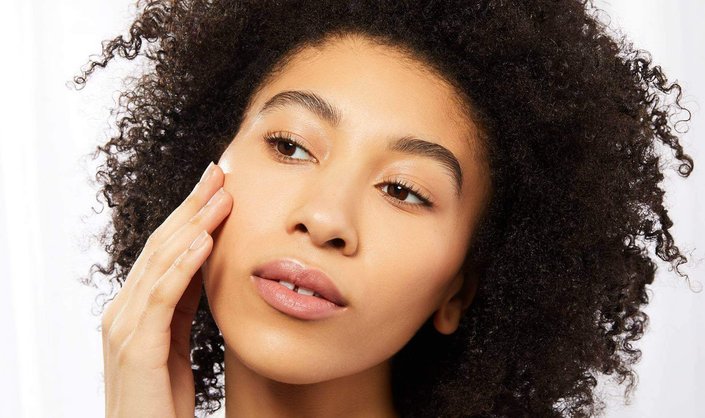
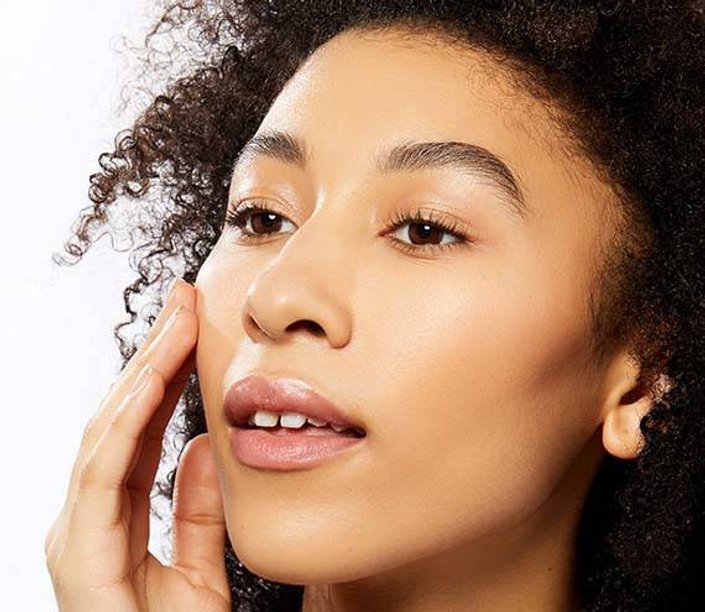
What Triggers Fungal Acne?
Genes
“Some people are genetically predisposed to overgrowths of yeast,” says Dr. King, which can result in consistent cases of fungal acne. “If you have a chronic condition that affects your immune system like HIV or diabetes, that can make you more susceptible to yeast overgrowth too.”
Hygiene
Regardless of your genetic makeup, it’s important to shower and change clothes after you hit the gym to avoid a fungal acne outbreak in the first place. Fungal acne thrives in warm, moist conditions, which can be caused by wearing tight and sweaty workout wear for an extended period of time.
Does Fungal Acne Go Away?
OTC Products Can Help
If an outbreak occurs, Dr. King suggests reaching for an anti-fungal cream that’s formulated with econazole nitrate, ketoconazole or clotrimazole and applying twice daily, or washing with a dandruff shampoo that contains pyrithione zinc or selenium sulfide and allowing it to sit on the skin for five minutes before rinsing it off.
When to See a Derm
If at-home methods aren’t effective, make an appointment with your dermatologist who can confirm the diagnosis and prescribe an oral medication if necessary.
